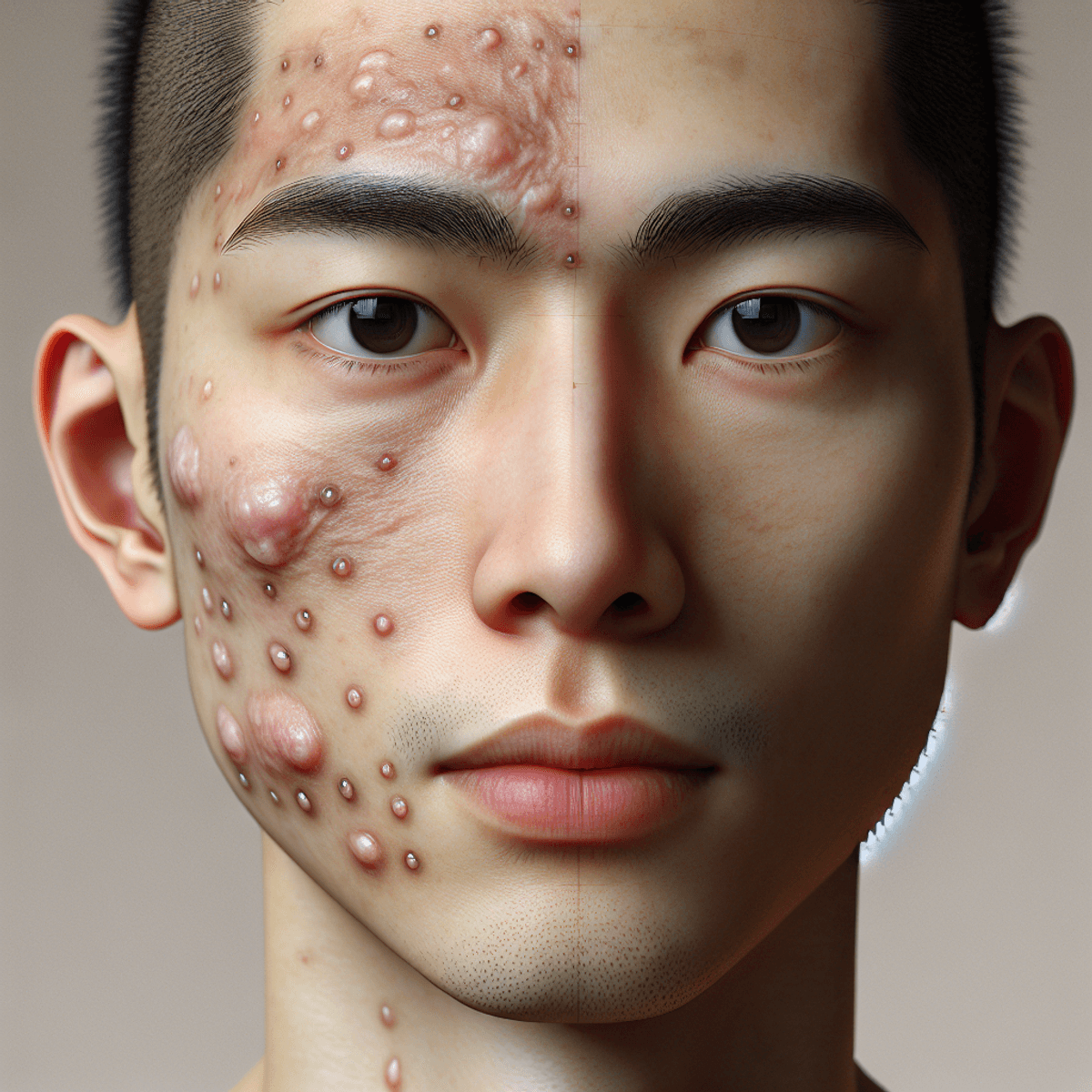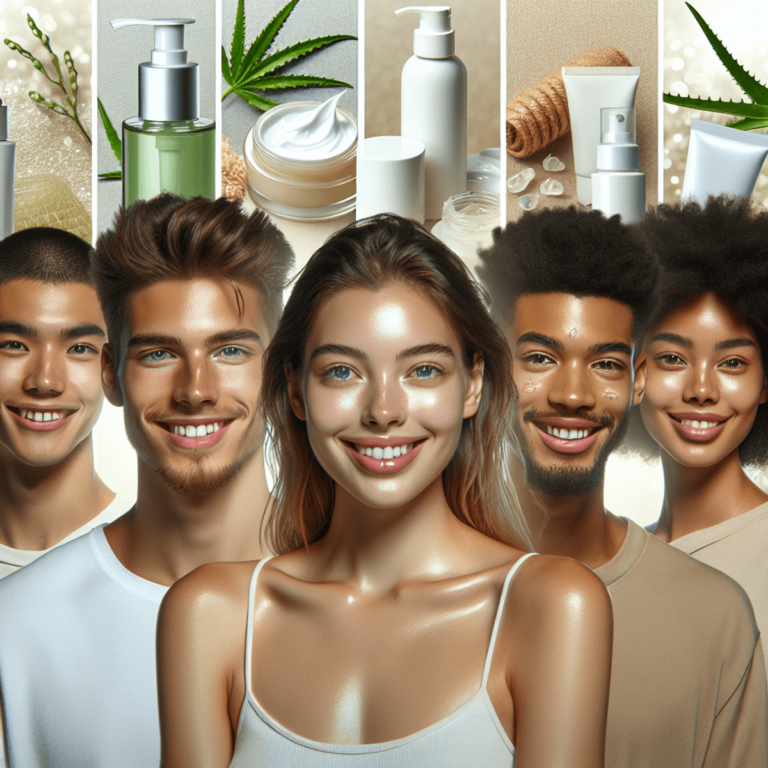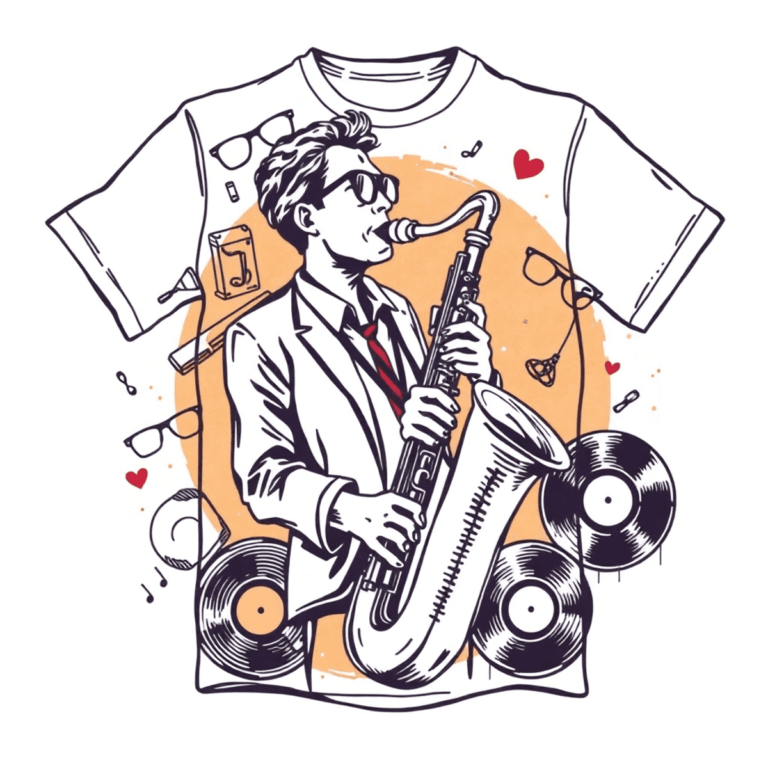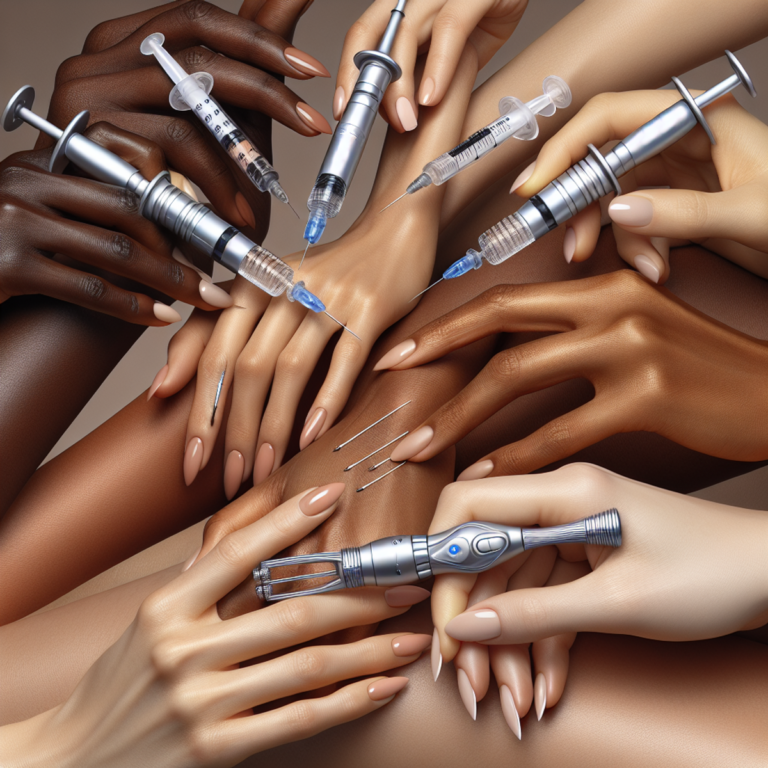How long does a pimple last?

Introduction
Pimples are common skin lesions caused by excess oil production (sebum) and clogged pores. They can appear on various areas of the body, especially the face, back, and shoulders. Understanding the acne duration is essential for managing these breakouts effectively. Knowing how long different types of pimples last can help you take appropriate action to minimize their impact on your skin health.
Different Types of Pimples
There are several types of pimples that can occur on your skin:
- Whiteheads: Closed comedones that remain under the skin’s surface.
- Blackheads: Open comedones that have oxidized, giving them a dark appearance.
- Pustules: Inflamed lesions filled with pus.
- Papules: Small, red bumps without pus.
- Cysts: Painful, swollen lesions that are deep and filled with fluid.
- Nodules: Solid and hard lumps located beneath the skin.
Recognizing these variations allows you to tailor your approach to treatment and prevention, enhancing your ability to manage acne effectively.
Understanding Pimples
Pimples are a specific type of acne that form when hair follicles become clogged with oil, dead skin cells, and bacteria. They play a crucial role in the acne cycle, serving as visible indicators of underlying skin issues. Understanding how pimples develop can aid in effective management.
Causes of Pimples
Several factors contribute to pimple formation:
- Excess Oil Production: Sebaceous glands produce sebum, an oily substance meant to keep the skin moisturized. An overproduction of sebum leads to clogged pores, creating an environment conducive to pimple development.
- Clogged Pores: When dead skin cells accumulate and mix with excess oil, they can block hair follicles. This blockage is a primary cause of various acne types, including whiteheads and blackheads.
- Hormonal Fluctuations: Hormones like androgens can stimulate sebaceous glands, increasing oil production. This is particularly common during puberty or menstrual cycles.
The Role of Bacteria
Bacteria, specifically Propionibacterium acnes, also play a significant role in the development of pimples. These bacteria are naturally present on the skin but can multiply rapidly when pores become blocked. The presence of these bacteria triggers an immune response, leading to inflammation and redness associated with many types of acne.
Understanding these causes helps you identify and address potential triggers effectively. By managing oil production and keeping pores clear, you can reduce the likelihood of pimples forming.
How Long Do Different Types of Pimples Last?
Understanding the duration of pimples can help you manage them effectively. The lifespan of a pimple varies widely; some may resolve in just a few days, while others can linger for several weeks. On average, most pimples clear up within 3 to 7 days. Factors influencing how long a pimple lasts include its size, type, and whether or not it receives treatment.
Average Lifespan by Type
1. Whiteheads
- Duration: Typically last from 3 to 7 days if left untreated. If they become inflamed or are not properly managed, their lifespan can extend longer.
- Treatment Options: Common treatments include topical solutions containing salicylic acid or benzoyl peroxide. These ingredients help exfoliate the skin and promote faster healing.
2. Blackheads
- Typical Persistence: Can persist for several weeks if not treated effectively. Their formation is due to clogged pores filled with dead skin cells and excess oil.
- Management Strategies: Regular exfoliation and the use of non-comedogenic products can prevent blackheads from forming. Over-the-counter treatments often contain alpha-hydroxy acids (AHAs) which help in unclogging pores.
3. Pustules
- Healing Time: Usually heal within a week but can take longer depending on inflammation and individual skin healing rates.
- Over-the-Counter Treatments: Products containing benzoyl peroxide are effective for treating pustules as they reduce bacteria and inflammation. Other options include topical retinoids which encourage cell turnover, thereby speeding up recovery.
Additional Influencing Factors
- Size of the Pimple: Larger pimples often take longer to heal compared to smaller ones due to their depth and inflammation level.
- Treatment Status: Untreated pimples generally last longer. Early intervention with appropriate treatments can significantly shorten their lifespan.
Pimples manifest differently based on various factors related to your skin type and personal care routine. Recognizing the specific type of pimple you have will enable you to choose the right management strategy effectively.
Understanding these nuances helps create a tailored skincare routine that addresses your unique needs, minimizing the impact of breakouts on your daily life.
Stages of Pimple Development
Pimples progress through distinct stages, each playing a critical role in the acne lifecycle. Understanding these stages can help you identify and manage breakouts effectively.
Stage 1: Clogged Pores
Causes
Excess oil production (sebum), dead skin cells, and bacteria contribute to clogged pores. Hormonal fluctuations and certain skincare products may exacerbate this issue.
Prevention Methods
- Regular cleansing with gentle exfoliants can prevent buildup.
- Non-comedogenic products help avoid pore blockage.
- Maintaining a balanced diet and hydration supports skin health.
Stage 2: Inflammation or Infection
Symptoms
This stage is marked by redness, swelling, and sometimes pain. You may notice tender bumps forming on the skin’s surface.
Signs to Look Out For:
- Increased warmth in the affected area indicates inflammation.
- If pus develops, it signifies infection, often leading to pustules.
Stage 3: Healing Process
Recovery Expectations
The healing phase varies depending on the pimple type. You might experience peeling or dryness as the skin regenerates.
During recovery:
- Mild pimples often resolve within a few days.
- Inflammatory lesions, like pustules or cysts, can take longer, typically several weeks.
Understanding these pimple stages empowers you to take proactive steps in managing your skin. Each stage informs how you should treat your acne and what preventive measures to adopt moving forward.
Factors Affecting How Long a Pimple Lasts
Pimples can last for different amounts of time, and there are several important factors that can influence this. By understanding these factors, you can better manage and treat your acne.
1. Hormonal Changes
Hormones play a crucial role in the development of acne. Changes in hormone levels during puberty or the menstrual cycle can lead to increased oil production, which may cause pimples to stick around longer. For instance, many people notice more breakouts just before their period due to hormonal shifts that activate oil glands.
2. Skin Type Variations
Your skin type can also affect how long pimples last. People with oily skin tend to have clogged pores more often, resulting in longer-lasting pimples like blackheads and cysts. On the other hand, those with dry skin might see faster recovery from inflammatory types such as pustules since there is less excess oil to worsen the situation.
3. Lifestyle Factors
Your lifestyle choices have a significant impact on how long pimples last and how quickly they heal. Diet is a key factor; consuming high amounts of sugar and dairy may aggravate acne for some individuals. Stress levels also play a role; increased stress can raise hormone levels that trigger breakouts, making it harder for pimples to heal quickly. Adopting a balanced diet rich in antioxidants and managing stress through activities like yoga or meditation may help reduce both the occurrence and duration of pimples.
Understanding these factors helps explain why certain pimples stick around while others disappear quickly. Being aware of your hormonal patterns, skin type traits, and lifestyle habits can be valuable in creating an effective skincare routine.
When to Seek Medical Advice for Persistent Pimples?
Persistent acne can be frustrating and challenging to manage. Recognizing when it’s time to seek medical consultation is crucial for effective treatment. Here are key signs that indicate a need for professional help:
1. Duration
If your pimples last beyond six weeks, it may signal an underlying issue that requires intervention.
2. Severe Symptoms
Look out for the following severe symptoms:
- Increased redness or swelling
- Painful lumps or nodules that do not improve
- Presence of pus or discharge
3. Signs of Infection
Be aware of these signs of infection:
- Fever accompanying acne flare-ups
- Worsening condition despite over-the-counter treatments
- Development of new lesions in clusters
4. Scarring
If you notice changes in skin texture or scarring, professional evaluation can help prevent further damage.
5. Emotional Impact
Acne can affect mental health. If persistent acne leads to anxiety or depression, seeking support is advisable.
Consulting a dermatologist can provide tailored treatment options. They may recommend prescription medications such as topical retinoids, antibiotics, or hormonal therapies depending on the severity and type of acne.
Addressing persistent acne promptly can lead to better outcomes and improved skin health. Don’t hesitate to reach out for help if you notice any of these warning signs. Your skin deserves the best care possible.
Treatment Options Available for Managing Pimples Effectively
Managing pimples effectively often involves utilizing various treatment options tailored to your skin’s needs. Understanding these can empower you to take action against breakouts.
Over-the-Counter Products
Several over-the-counter (OTC) products are widely used for spot treating active breakouts:
- Salicylic Acid: This beta hydroxy acid penetrates the pores, helping to dissolve excess oil and dead skin cells. It reduces inflammation and promotes exfoliation, making it effective for whiteheads and blackheads.
- Benzoyl Peroxide: A powerful antibacterial agent that targets the bacteria responsible for acne. It helps to dry out existing pimples and prevents new ones from forming by unclogging pores.
These treatments are available in various formulations, including gels, creams, and spot treatments. Users should apply these products as directed, starting with a lower concentration to assess skin tolerance.
Prescription Medications
For more severe or persistent cases of acne, prescription medications may be necessary. These include:
- Topical Retinoids: Help prevent clogged pores and promote cell turnover.
- Oral Antibiotics: Reduce bacteria and inflammation from within.
Consulting a healthcare professional is crucial when considering these options. They can provide personalized recommendations based on your specific skin type and acne severity.
Incorporating suitable products into your skincare routine can significantly improve the appearance and health of your skin. Understanding the available treatments allows you to choose a path that best suits your individual needs.










